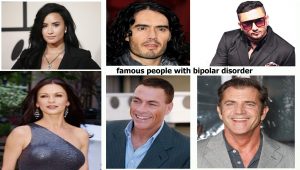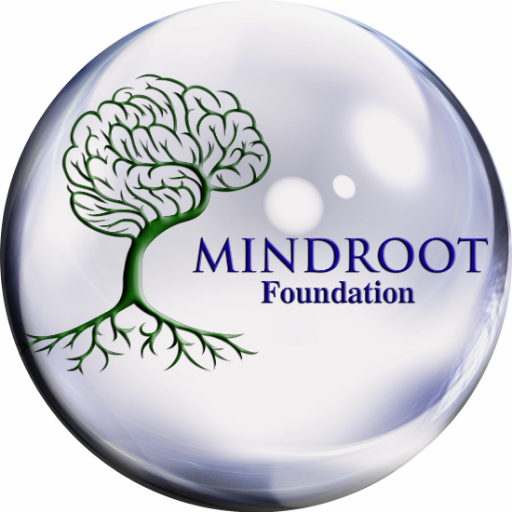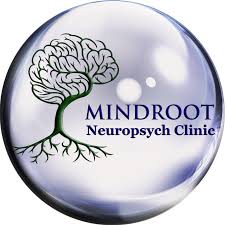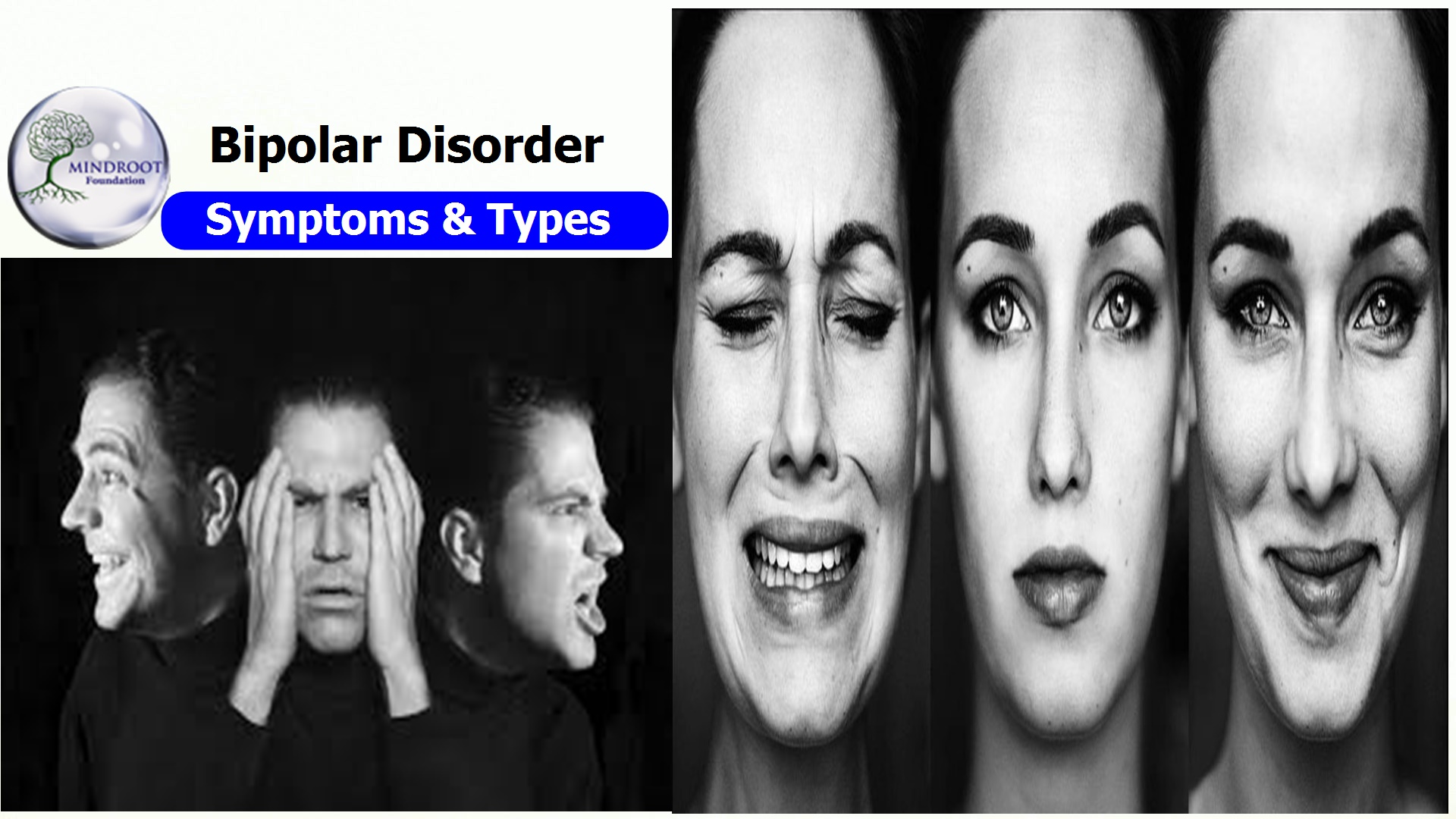About Bipolar Disorder
Bipolar disorder, formerly called manic depression, is a mental health condition that causes extreme mood swings that include emotional highs (mania or hypomania) and lows (depression).
People with bipolar disorder may have trouble managing everyday life tasks at school or work, or maintaining relationships. There’s no cure, but there are many treatment options available that can help to manage the symptoms.
When people experience symptoms of both a manic and a depressive episode at the same time, they’re said to be experiencing a mixed state (or mixed mania). They have all of the negative feelings that come with depression, but they also feel agitated, restless and activated, or “wired.” Those who have had a mixed state often describe it as the very worst part of bipolar disorder.
Bipolar Disorder Types & Symptoms
There are three main Types of Bipolar disorder
- Mania
- Hypomania
- Depression
While experiencing mania
Excited, impulsive, euphoric, and full of energy
While experiencing hypomania
Significant changes in appetite and sleep patterns , Irritability, Anger, Worry, Agitation, Anxiety
Pessimism, Indifference
While experiencing depression
Deep sadness , Hopelessness , Loss of energy and Suicidal thoughts
Symptoms in teens
Children and teens may have distinct major depressive or manic or hypomanic episodes, but the pattern can vary from that of adults with bipolar disorder. Moods can rapidly shift during episodes. Some children may have periods without mood symptoms between episodes.
Types of Bipolar disorder
- Bipolar I disorder. You’ve had at least one manic episode that may be preceded or followed by hypomanic or major depressive episodes. In some cases, mania may trigger a break from reality (psychosis).
- Bipolar II disorder. You’ve had at least one major depressive episode and at least one hypomanic episode, but you’ve never had a manic episode.
- Cyclothymic disorder. You’ve had at least two years — or one year in children and teenagers — of many periods of hypomanic symptoms and periods of depressive symptoms (though less severe than major depression).
Causes of bipolar disorder
- Genetics
- Environmental factors
- Brain structure(Neurological)
Bipolar disorder treatment
Treatment
Treatments for bipolar II are similar to those for bipolar I — medication and psychotherapy. Medications most commonly used are mood stabilizers and antidepressants, depending on the specific symptoms. If depression symptoms are severe and medication is not working, ECT may be used. Each person is different and each treatment is individualized.
A. Medications
- Mood stabilizers
- Antipsychotics
- Antidepressants
B. Psychotherapy
Psychoeducation
Cognitive behavioral therapy
Interpersonal and social rhythm therapy
C. Some more treatment
Supplements
Acupuncture
Electroconvulsive therapy
Sleep medications
Famous people with bipolar disorder
Carrie Fisher
Mel Gibson
Demi Lovato
Russell Brand
Catherine Zeta-Jones
Jean-Claude Van Damme
Honey singh


